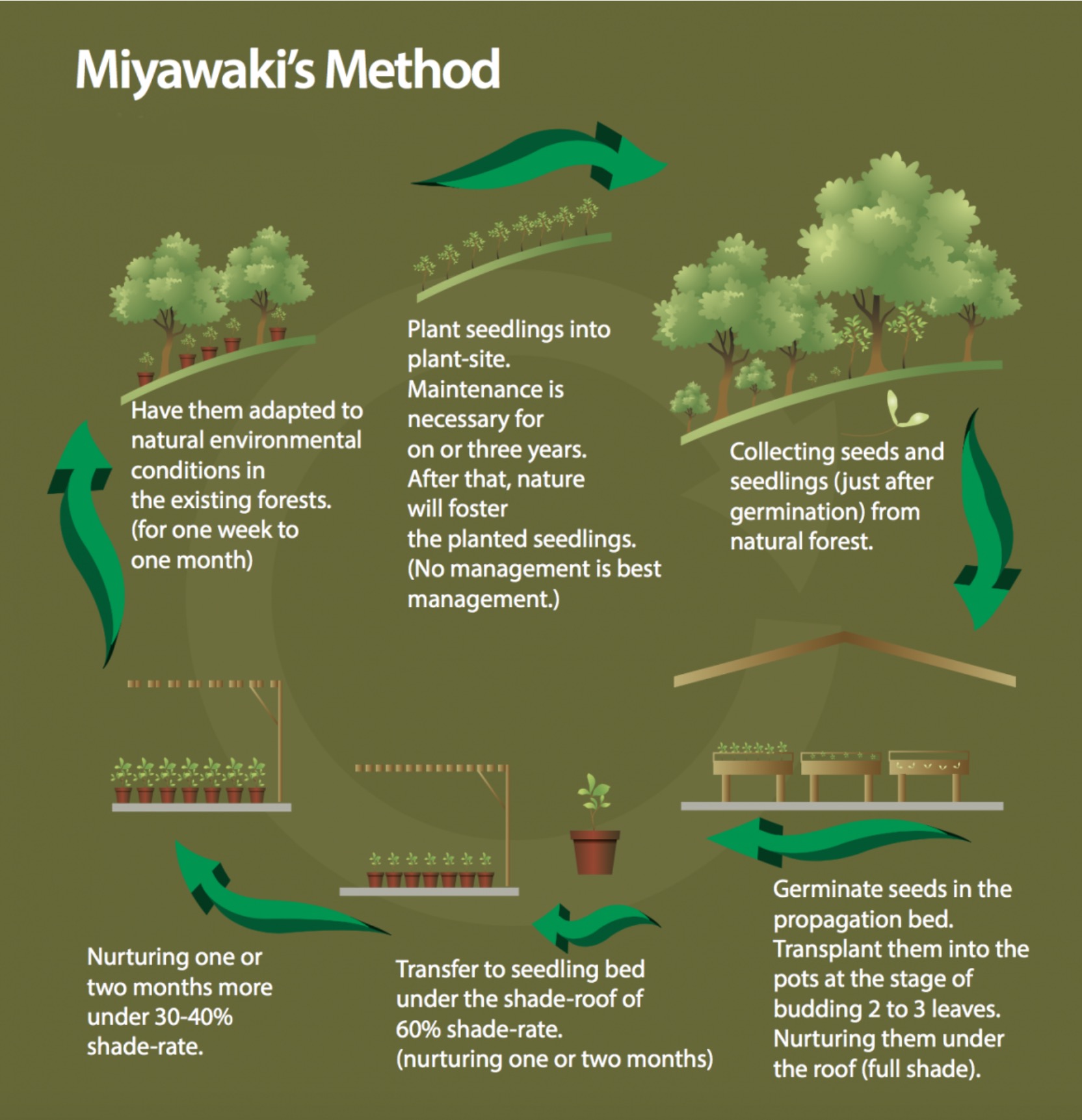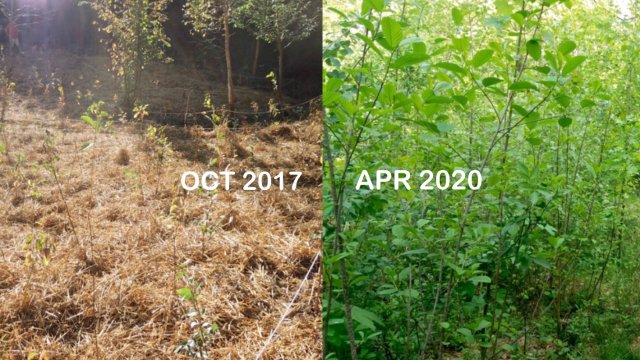
- Sustainable Planet -
- 6mins -
- 1,625 views
Fast-growing mini-forests are springing up around Europe to aid biodiversity and climate
Pioneered by Japanese botanist Akira Miyawaki, now Europeans are planting these small but dense urban forests to help boost biodiversity and tackle climate change.
Europeans dig the Miyawaki forest restoration method
Miniature urban forests planted using a method invented by a Japanese botanist in the 1970s have been growing in popularity worldwide. Now these tiny, dense forests are springing up around Europe as part of a movement aimed at restoring biodiversity and fighting the climate crisis. Close-packed copses bursting with biodiversity can thrive in areas the size of a tennis court. Known as ‘Miyawaki’ forests, the trees grow more quickly and absorb more CO2 than plantations grown for timber.
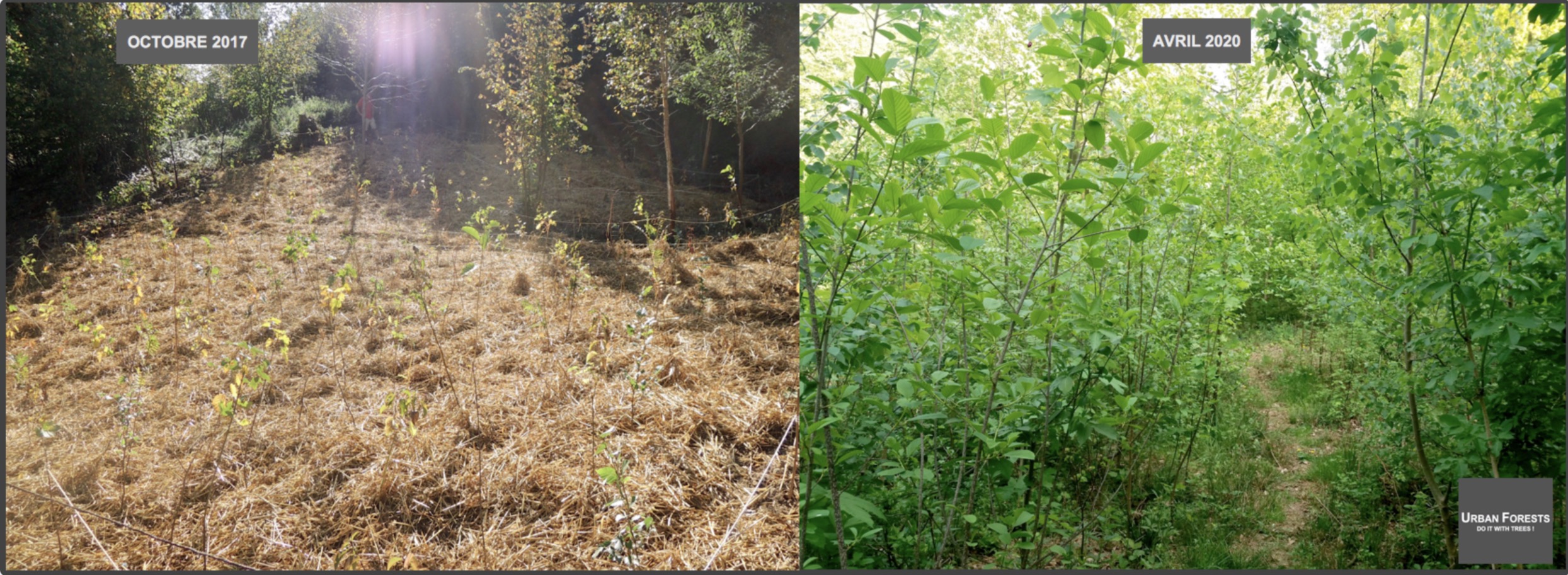
Benefits of the Miyawaki method
Proponents of the Miyawaki method say the miniature forests grow:
- 10 x faster
- and become 30 x denser
- and 100 x more biodiverse than those planted by conventional methods.
This result is achieved by planting saplings close together, three per square metre, using native varieties adapted to local conditions.
A wide variety of species – ideally 30 or more – are planted to recreate the multiple layers of a natural forest.
Scientists suggest such ecosystems are key to meeting climate goals, estimating that natural forests can store 40 times more carbon than single-species plantations.
The Miyawaki forests are designed to regenerate land in far less time than the 70-plus years it takes a forest to recover on its own.
In 2017, researchers at Wageningen University in the Netherlands monitored newly planted mini-forests and concluded that they “increase the biodiversity compared to the nearby forest. Both the number of species groups and the number of individuals is generally higher than in the reference forests.”
The higher biodiversity is due partly to the forests’ young age and openness, Fabrice Ottburg, an animal ecologist who led the Wageningen study told The Guardian. This allows more sunlight to reach flowering plants that attract pollinators.
Diversity is also boosted by planting multiple species, which “provide more variety in food and shelter for a higher diversity of animals like insects, snails, butterflies, amphibians, bugs, grasshoppers”, Ottburg said.
Source: TheGuardian
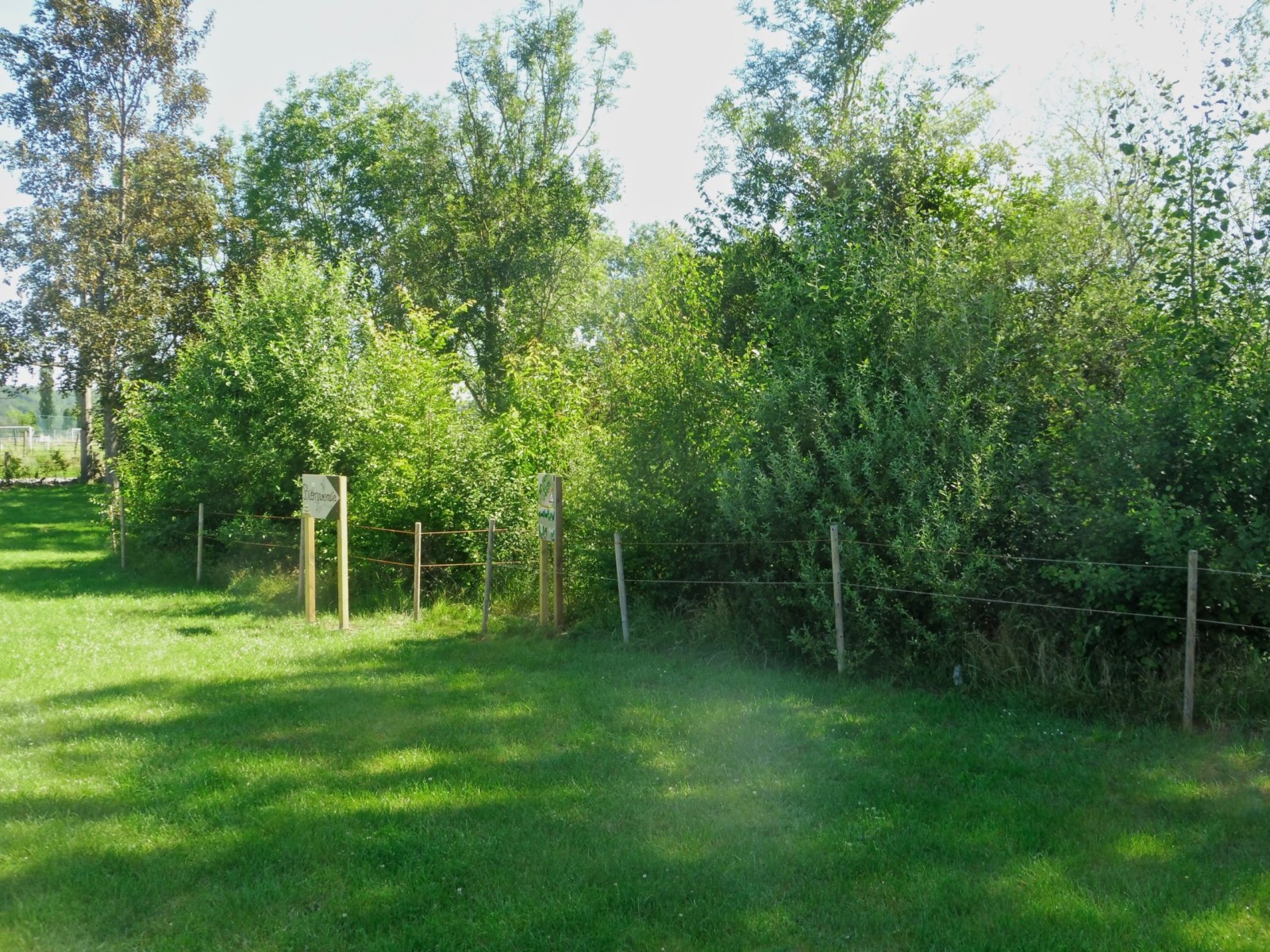
The Miyawaki method: history and how-to
Akira Miyawaki observed the trees which traditionally grew around temples, shrines, and cemeteries in Japan were native species, relics of the primary forest and at the same time he calculated that only 0.06% of contemporary Japanese forests were indigenous forests.
Contemporary forests, created according to forestry principles, are not in his view the most resilient nor the best suited vegetation for the geobioclimatic conditions in Japan, neither are they the most suited to address climate change. More info on Pr. Akira Miyawaki’s life.
Referring to potential natural vegetation (PNV) (a concept he studied in Germany), Miyawaki developed, tested and refined a method of ecological engineering today known as the "Miyawaki method" to restore native forests from seeds of native trees on very degraded soils which were deforested and without humus.
Using ecological theories and the results of his experiments, he quickly and successfully restored, sometimes over large areas, protective forests (disaster-prevention, environment-conservation and water-source-protection forests).
Step #1: Site survey and the discovery of the Natural Potential Vegetation
Identification of the native species 20km around the selected zone for the afforestation. It’s recommended to identify between 50 and 100 different species, they can be bought at a nursery or found nearby and transplanted.
Step #2: Terrain preparation
Soil cleaning, addition of organic nutrients, preparation of elements permitting water retention (to be added later once the plantation finished) and the creation of a hill (30 degrees maximum slope).
Step #3: Plantation by the volunteers
Plant between 3 to 5 little trees per squared metre. Apply the straw protection, that allow the creation of wood humidity and water retention.
Step #4: Maintenance
Watering and weed control during 3 years. Reuse the dead plants (mortality tipically around 5%) and weeds as straw putting it on the top of the hill.
After 3 years the forest site becomes autonomous. It doesn’t need any more maintenance: “No management is best management,” according to Prof. Miyawaki.
Source: BoomForest
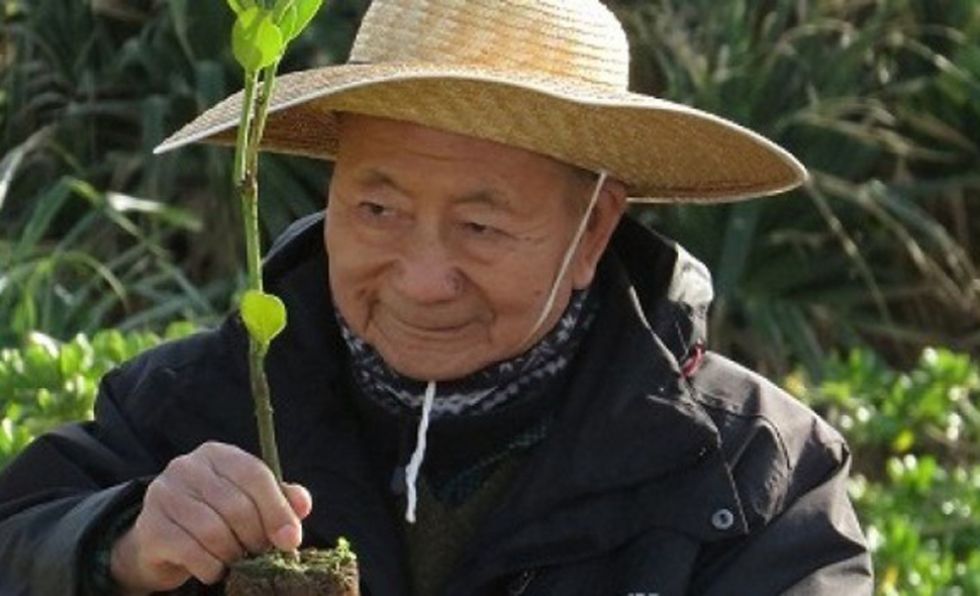
Protecting Land & Restoring tropical forests, one tree at a time
Protecting Land
Carbon wells, natural sanctuaries for animals… Dr. Miyawaki’s forests are also miraculous in their ability to protect the land, better than any human-built rampart, against natural disasters.
After the Fukushima earthquake in 2011, the botanist observes that some coastal temples have been spared the fury of the waves thanks to the primary woods that protected them.
In Japan, Dr. Miyawaki undertook to erect tree walls against tsunamis. His forests, scattered throughout the country, are designed to limitate the effects of coastal tidal waves or cyclones on Yokohama harbor, or to limit soil erosion.
Restoring tropical forests
But his action exceeds the only Japan: in total, Dr. Miyawaki has planted more than 40 million trees across more than fifteen countries such as Thailand, Brazil or China.
Since 1990, he has been working to restore very degraded tropical rainforests such as Bintulu in Malaysia.
Honored with ten awards, including the Blue Planet Award in 2006 for his involvement in nature conservation, Dr. Miyawaki continues to work for a better world, one tree at a time.
Source: Reforestaction
